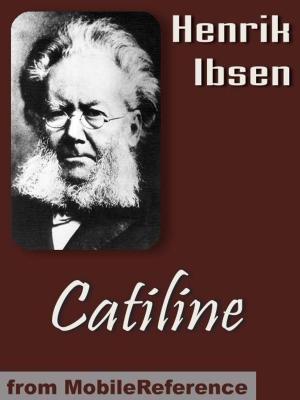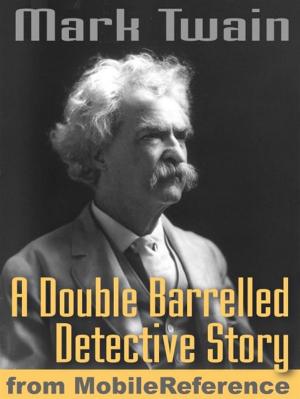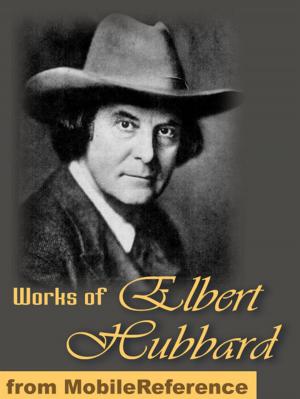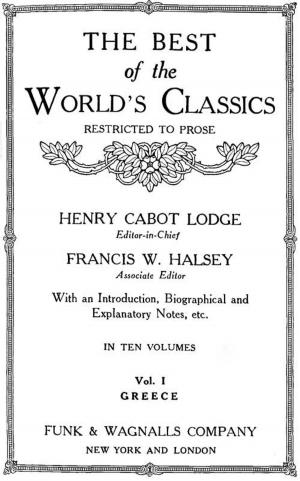The Guide For The Perplexed (Mobi Classics)
Nonfiction, Religion & Spirituality, Philosophy, Religious, Judaism| Author: | Moses Maimonides, M. Friedlander (Translator) | ISBN: | 9781605012568 |
| Publisher: | MobileReference | Publication: | January 1, 2010 |
| Imprint: | MobileReference | Language: | English |
| Author: | Moses Maimonides, M. Friedlander (Translator) |
| ISBN: | 9781605012568 |
| Publisher: | MobileReference |
| Publication: | January 1, 2010 |
| Imprint: | MobileReference |
| Language: | English |
The Guide for the Perplexed (Hebrew translit. Moreh Nevuchim) is one of the major works of Rabbi Moshe ben Maimon, better known as Maimonides or "the Rambam". It was written in the 12th Century in the form of a three-volume letter to his student, Rabbi Joseph ben Judah of Ceuta, the son of Rabbi Judah, and is the main source of the Rambam's philosophical views, as opposed to his opinions on Jewish law. Since many of the philosophical concepts, such as his view of theodicy and the relationship between philosophy and religion, are relevant beyond strictly Jewish theology, it has been the work most commonly associated with Maimonides in the non-Jewish world and it is known to have influenced several major non-Jewish philosophers. Following its publication, "almost every philosophic work for the remainder of the Middle Ages cited, commented on, or criticized Maimonides' views." Within Judaism, the Guide became widely popular and controversial, with many Jewish communities requesting copies of the manuscript.-- Excerpted from Wikipedia, the free encyclopedia.
The Guide for the Perplexed (Hebrew translit. Moreh Nevuchim) is one of the major works of Rabbi Moshe ben Maimon, better known as Maimonides or "the Rambam". It was written in the 12th Century in the form of a three-volume letter to his student, Rabbi Joseph ben Judah of Ceuta, the son of Rabbi Judah, and is the main source of the Rambam's philosophical views, as opposed to his opinions on Jewish law. Since many of the philosophical concepts, such as his view of theodicy and the relationship between philosophy and religion, are relevant beyond strictly Jewish theology, it has been the work most commonly associated with Maimonides in the non-Jewish world and it is known to have influenced several major non-Jewish philosophers. Following its publication, "almost every philosophic work for the remainder of the Middle Ages cited, commented on, or criticized Maimonides' views." Within Judaism, the Guide became widely popular and controversial, with many Jewish communities requesting copies of the manuscript.-- Excerpted from Wikipedia, the free encyclopedia.















